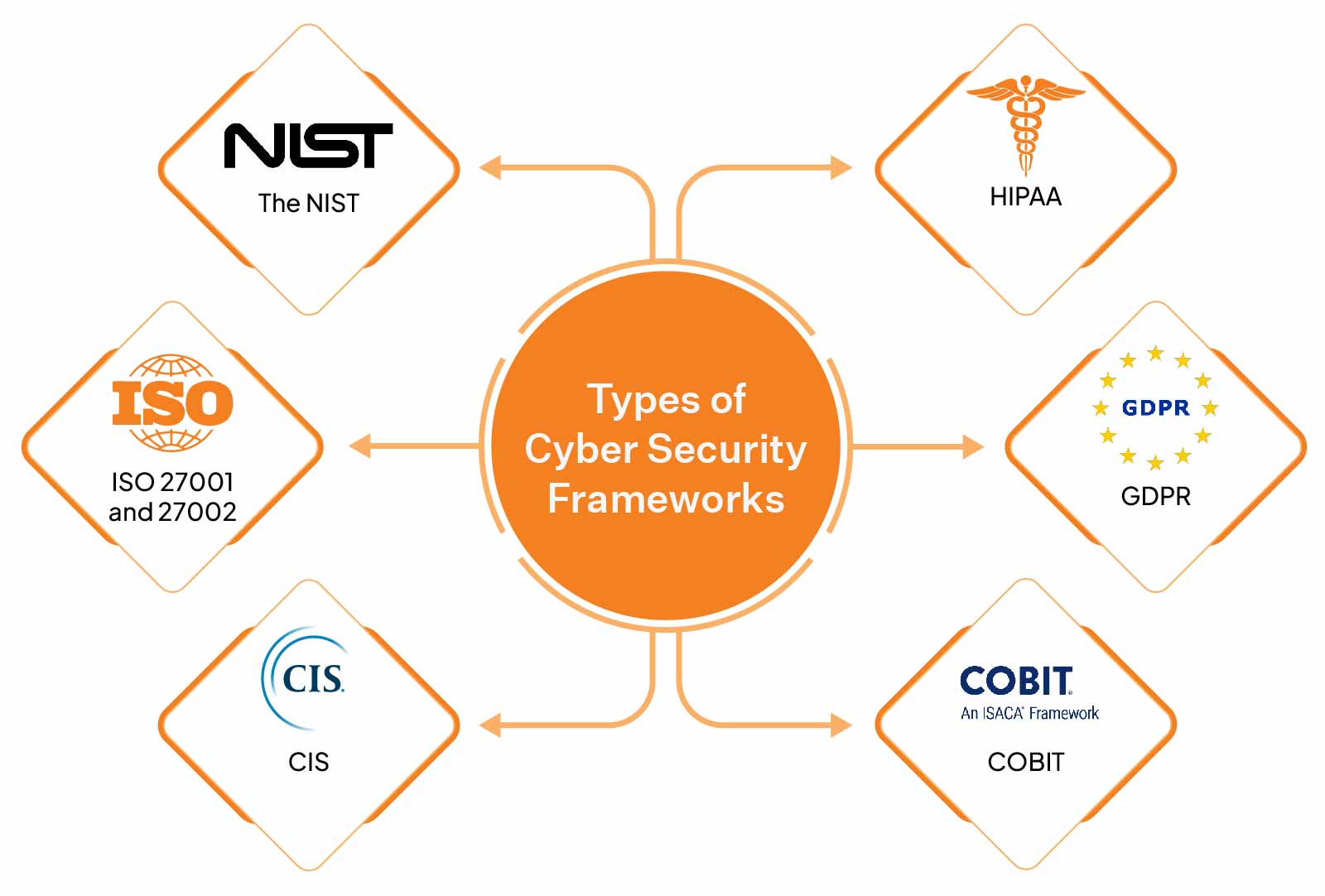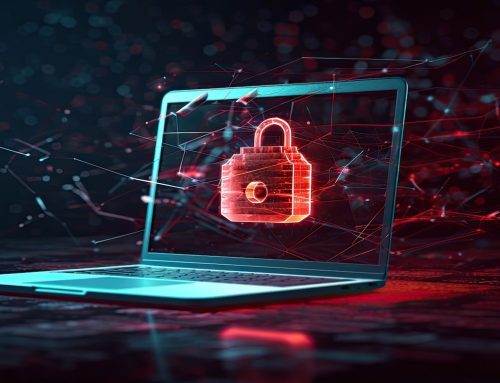Cybersecurity remains a top priority for businesses and individuals in an increasingly digital world. However, understanding how to secure sensitive information and combat cyber threats can be daunting. This is where cybersecurity frameworks come into play—they serve as structured guidelines to improve security measures and minimize risks. For IT professionals, business owners, and cybersecurity enthusiasts alike, understanding these frameworks is essential to building a strong defense.
This article will guide you through some of the most popular cybersecurity frameworks, including NIST and ISO, and how they can benefit your organization.
What Are Cybersecurity Frameworks?
Cybersecurity frameworks are structured guidelines and best practices designed to help organizations identify, manage, and mitigate security risks. They offer a comprehensive approach to building a robust cybersecurity strategy, addressing everything from risk assessments to incident response.
Frameworks provide a common language for teams to discuss security, ensuring consistency and alignment across the organization. They are essential for:
- Protecting sensitive information from cyber threats.
- Meeting compliance requirements for industry regulations.
- Giving stakeholders confidence in the organization’s security measures.
The NIST Cybersecurity Framework
The NIST Cybersecurity Framework (CSF), developed by the National Institute of Standards and Technology, has become a gold standard for organizations worldwide. Originally intended to secure critical infrastructure, NIST is now widely adopted by businesses across industries for its flexibility and robust structure.
Key Functions of the NIST Framework:
The NIST CSF is based on five core functions that define the lifecycle of a cybersecurity program:
- Identify – Understand your systems, assets, and risks.
- Protect – Implement safeguards to ensure services and data are secure.
- Detect – Monitor for anomalies and potential breaches.
- Respond – Have a plan to contain and mitigate threats.
- Recover – Restore operations and data after a security incident.
Each function includes specific categories and subcategories to address various aspects of cybersecurity, making it adaptable and accessible to organizations large and small.
Why Choose NIST?
- Flexibility: The framework is scalable and can be tailored to any industry or business size.
- Alignment: Incorporates global standards, making it easier to align with other frameworks or regulations.
- Accessibility: Free and widely available, making it an excellent option for businesses starting their cybersecurity planning.
ISO/IEC 27001
The ISO/IEC 27001 is an internationally recognized standard for information security management systems (ISMS). It provides organizations with a systematic approach to managing sensitive information and ensures they meet high standards of security.
Core Elements of ISO/IEC 27001:
- Development of an Information Security Management System (ISMS) tailored to the organization’s needs.
- Risk assessments and ongoing evaluation of threats.
- Implementing a framework of policies, controls, and procedures to mitigate risks.
ISO/IEC 27001 certification demonstrates to stakeholders, clients, and regulators that your organization is committed to maintaining robust cybersecurity standards.
Benefits of ISO/IEC 27001:
- Global Credibility: Being ISO-certified boosts credibility and trust among partners and customers.
- Compliance: Helps meet regulatory and contractual requirements.
- Holistic Approach: Focuses on both technology and processes for information security.
NIST vs. ISO/IEC 27001
While both frameworks aim to enhance cybersecurity, they differ in scope and structure. Here’s a quick comparison:
|
Aspect |
NIST CSF |
ISO/IEC 27001 |
|---|---|---|
|
Focus |
Cybersecurity for critical operations |
Holistic information security management |
|
Adoption |
Widely used in the U.S. and adaptable globally |
Recognized worldwide |
|
Certification |
No formal certification |
Certification available |
|
Flexibility |
Highly adaptable for various organizations |
Focused on systematic ISMS approach |
|
Cost |
Free to use |
Relatively higher cost of implementation |
Combining NIST and ISO
Many organizations choose to combine elements of NIST and ISO. For instance, they may follow NIST’s guidelines for cybersecurity while adopting ISO’s structure for documenting and managing risks.
Other Notable Frameworks
Beyond NIST and ISO, there are several other frameworks that cater to specific cybersecurity needs:
- CIS Controls: Offers a prioritized set of actions to defend against common cyber threats.
- COBIT: Focuses on governance and management of enterprise IT.
- HIPAA Security Rule: Ensures the privacy and security of health information in the healthcare sector.
These frameworks often work well alongside NIST or ISO, helping organizations tailor their approach based on industry-specific needs.
How to Apply Cybersecurity Frameworks in Practice
Here are a few examples of how organizations might implement these frameworks:
- Small Businesses: Start with the NIST CSF to identify risks, set up a basic monitoring system, and create a recovery plan for potential breaches.
- Mid-Sized Enterprises: Combine the NIST framework with ISO/IEC 27001 for a more comprehensive approach that includes certification, particularly in industries where compliance is vital.
- Healthcare Providers: Pair the HIPAA Security Rule with ISO/IEC 27001 to ensure both patient privacy and robust information security.
The key is to assess your organization’s unique risks and goals before deciding on an implementation strategy.
Challenges and Future Trends in Cybersecurity Frameworks
Challenges:
- Cost: Implementing some frameworks, particularly those requiring certification (like ISO), can be expensive.
- Complexity: Integrating multiple frameworks effectively requires expertise and coordination.
- Keeping Up: Cyber threats evolve rapidly, so frameworks need regular updates and consistent evaluation.
Trends to Watch:
- Automation: The use of AI-powered tools to streamline compliance and security monitoring.
- Industry-Specific Frameworks: New developments aimed at addressing unique risks in sectors like finance, healthcare, and manufacturing.
- Integration: A growing emphasis on frameworks that can easily integrate with emerging technologies like cloud computing and IoT.
Final Thoughts
Cybersecurity frameworks like NIST, ISO, and others provide essential guidance for tackling today’s cybersecurity challenges. The choice of framework—or combination of frameworks—depends on your organization’s size, industry, and specific needs.
By implementing a framework, you’re not just protecting your business against cyber threats—you’re sending a clear message of trust to your stakeholders and customers. Remember that cybersecurity is an ongoing process, and continuous improvement is key. Start exploring these frameworks today and take the crucial steps toward a safer, more secure digital future.





